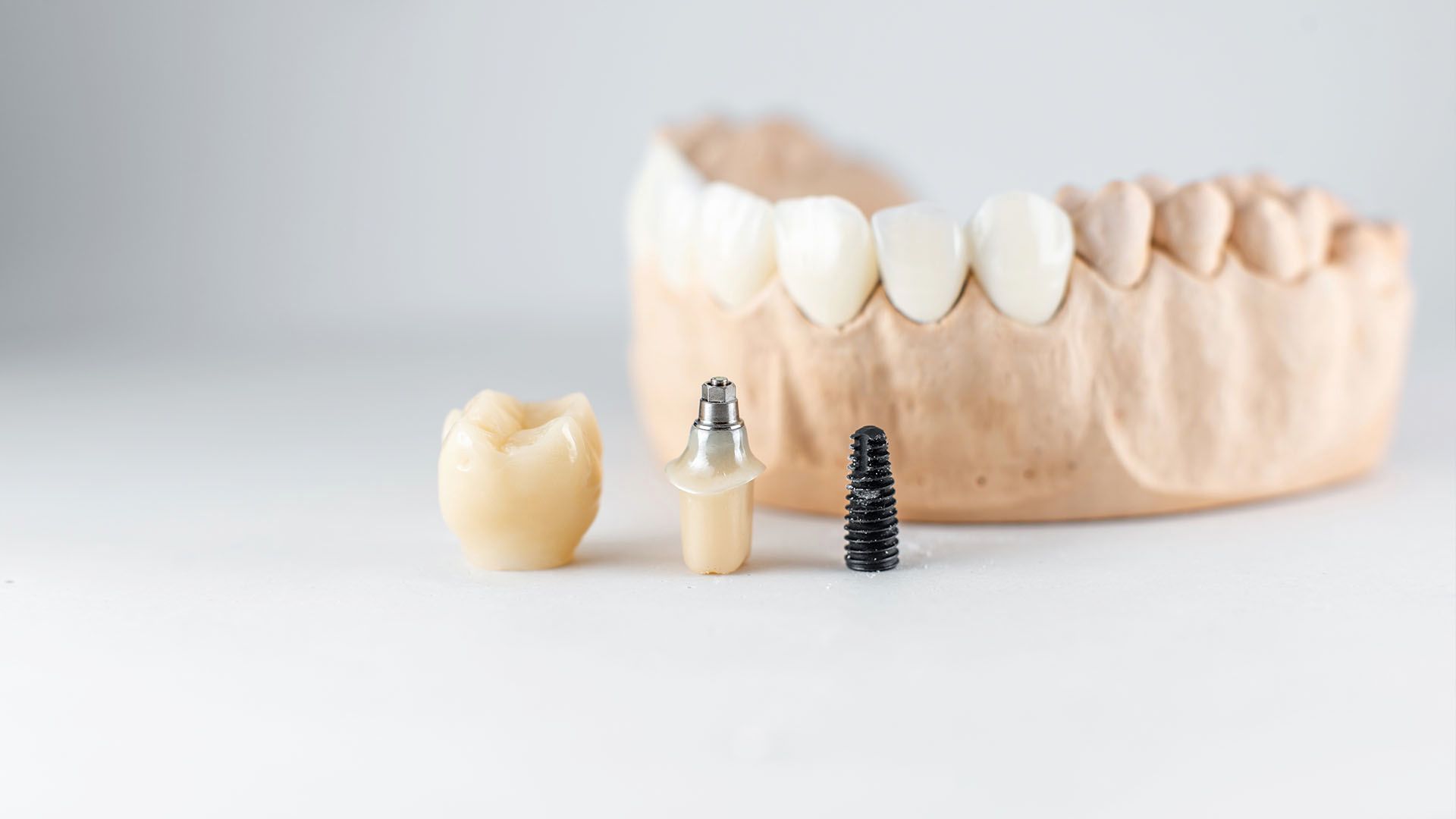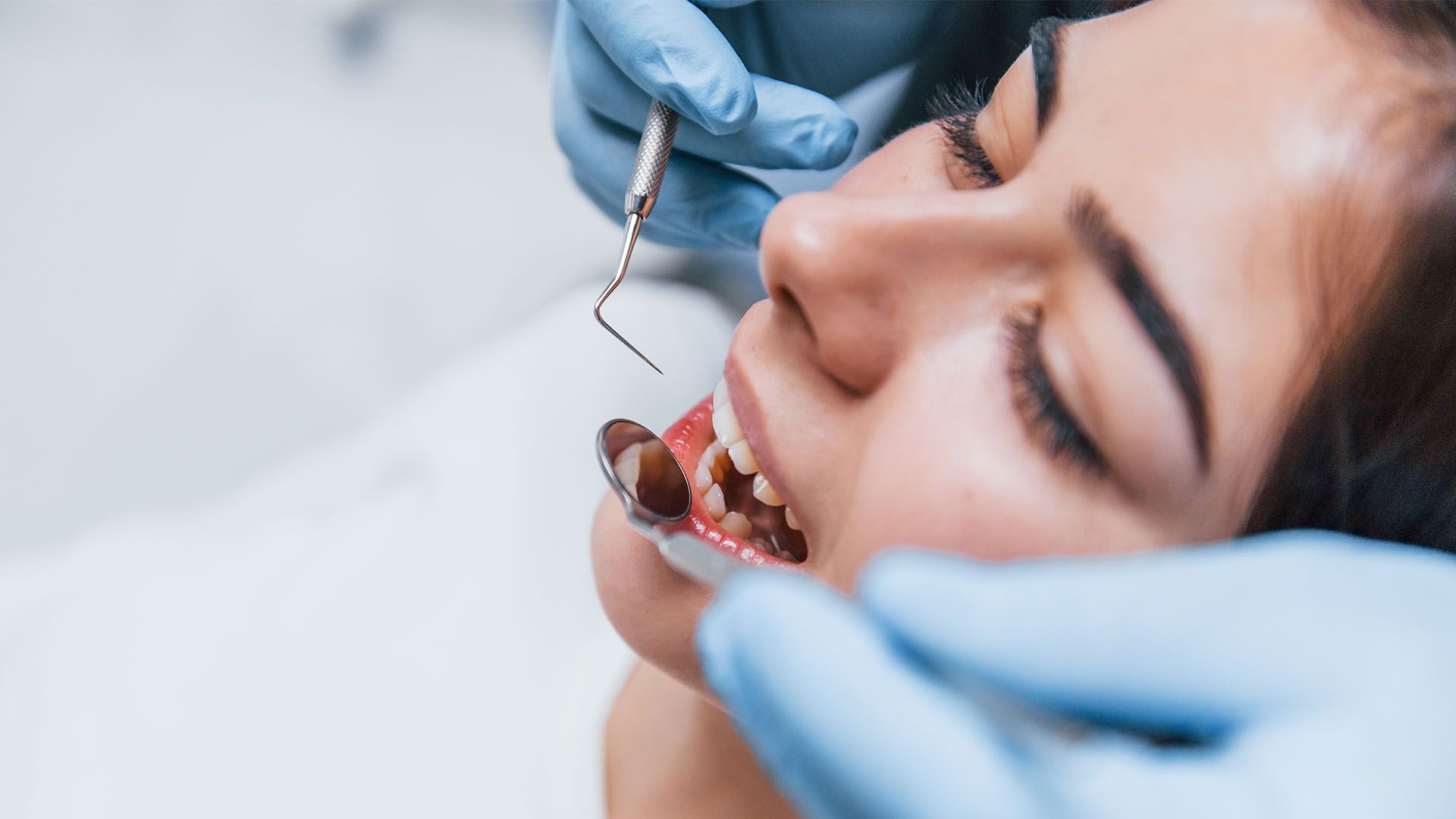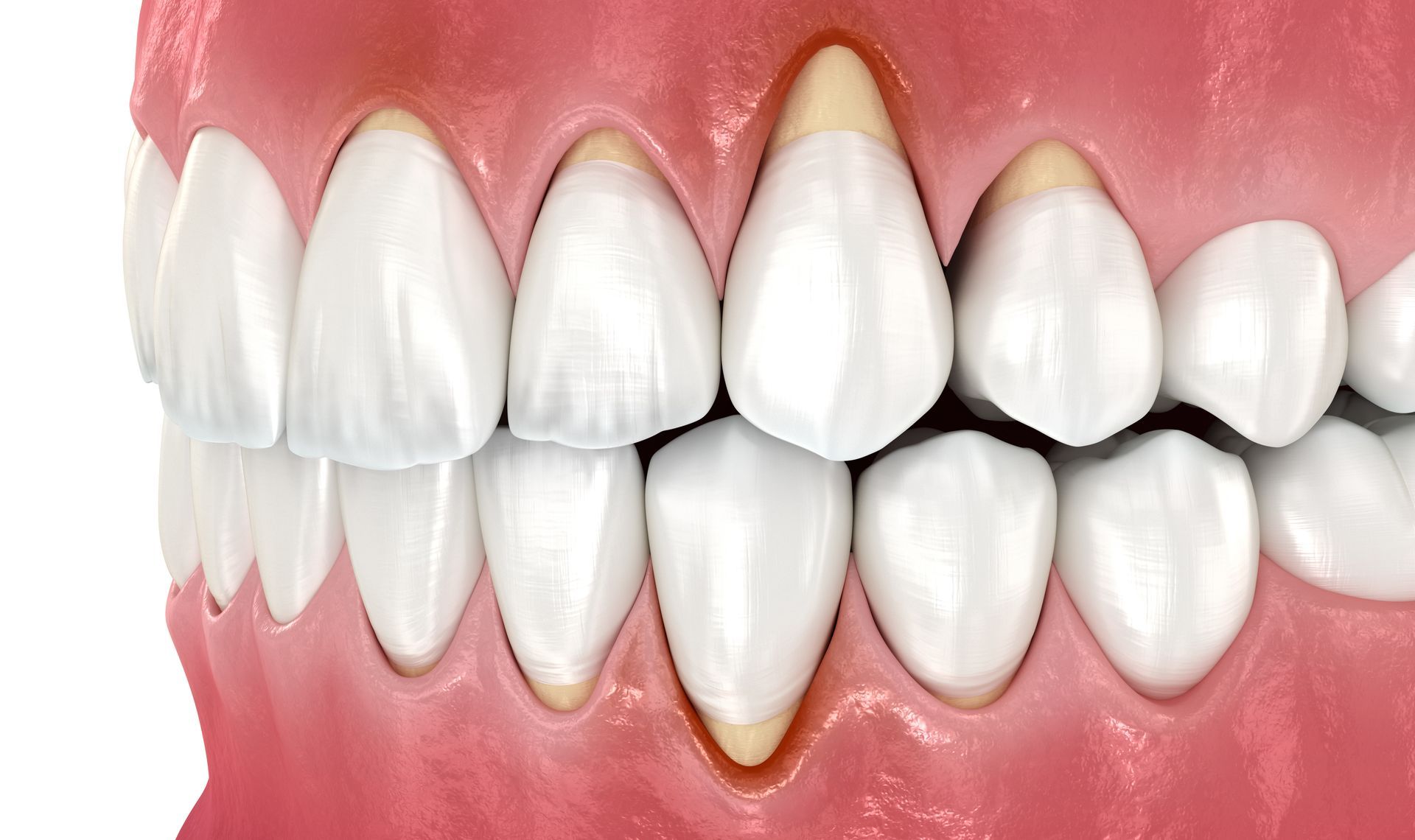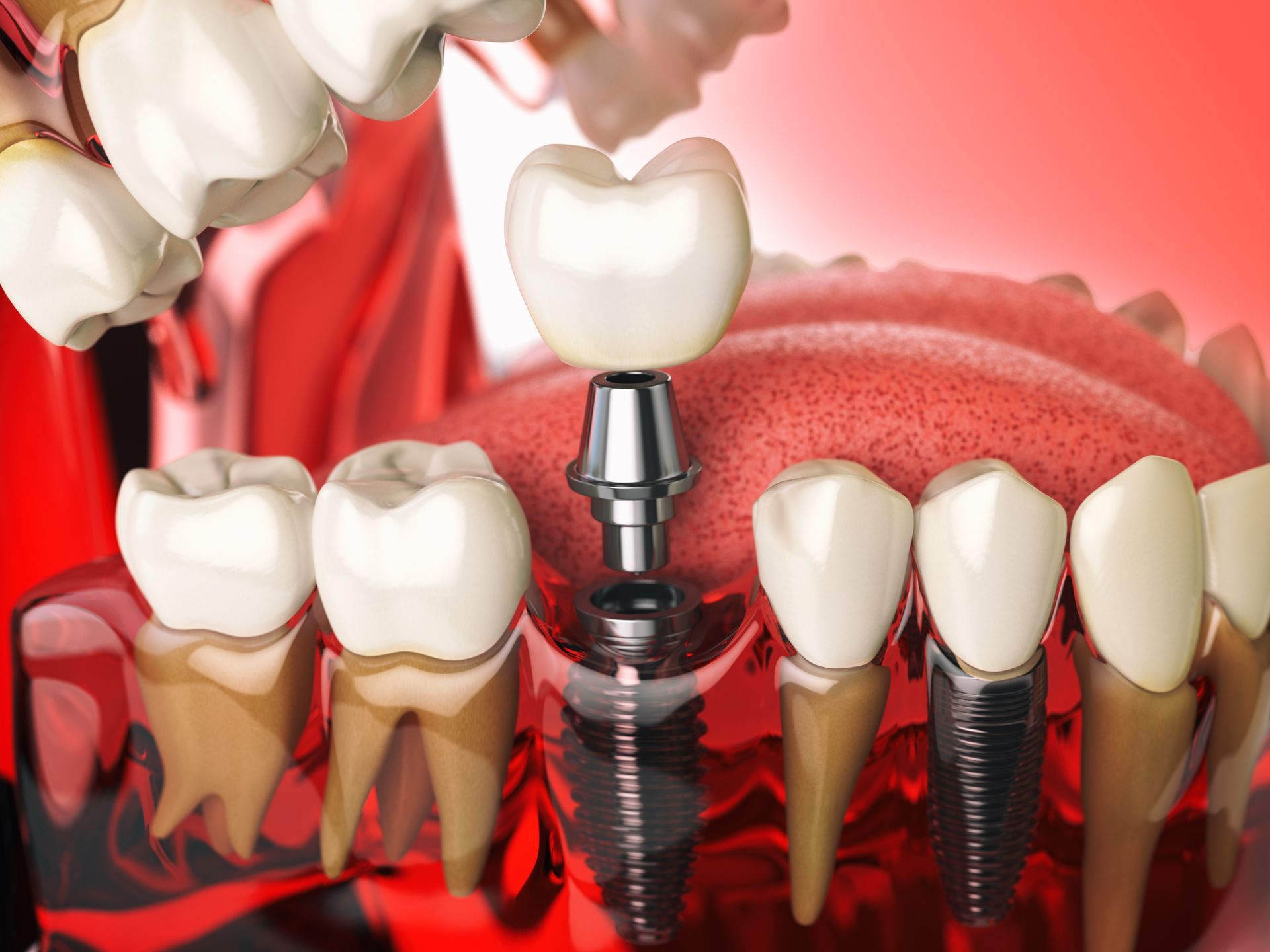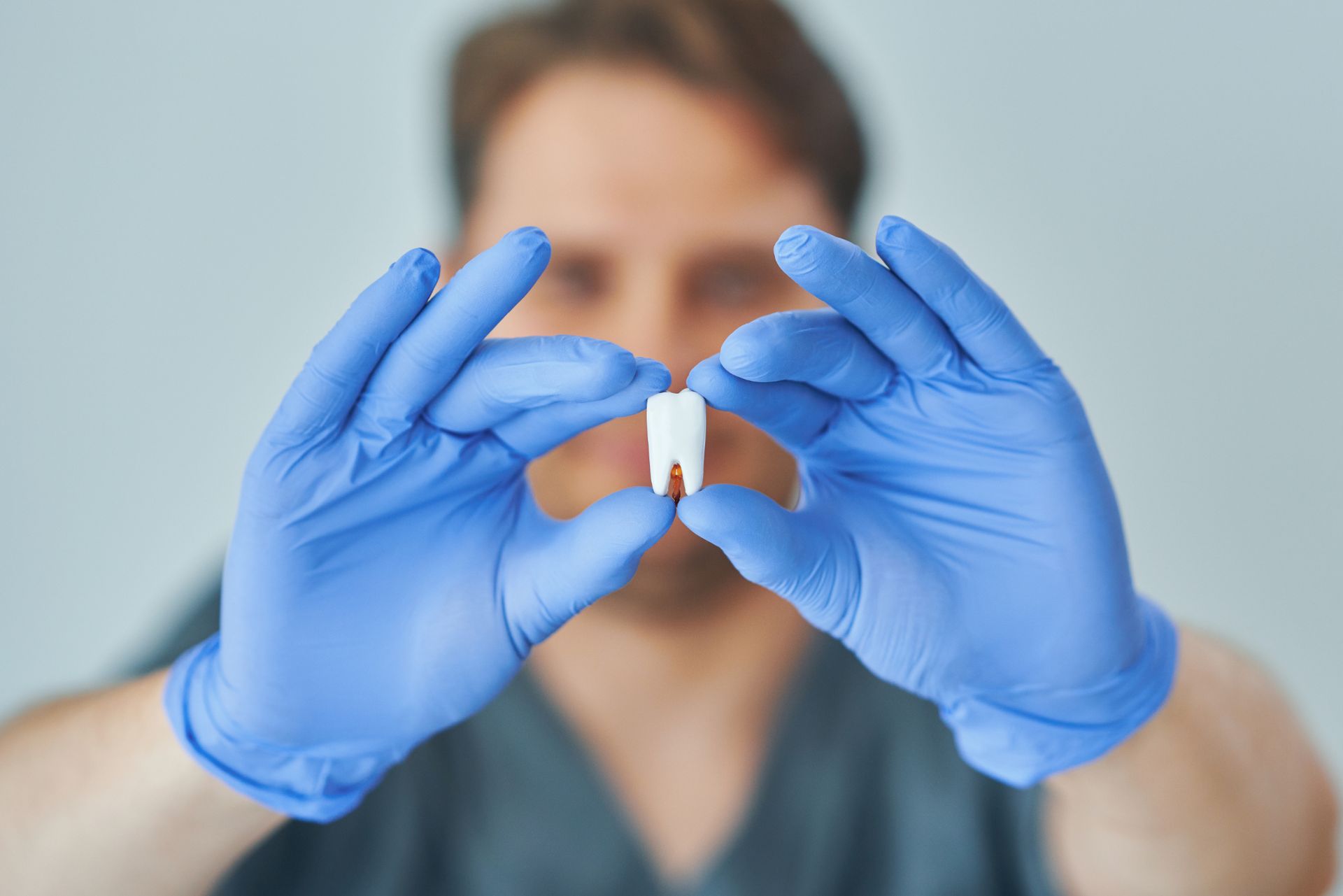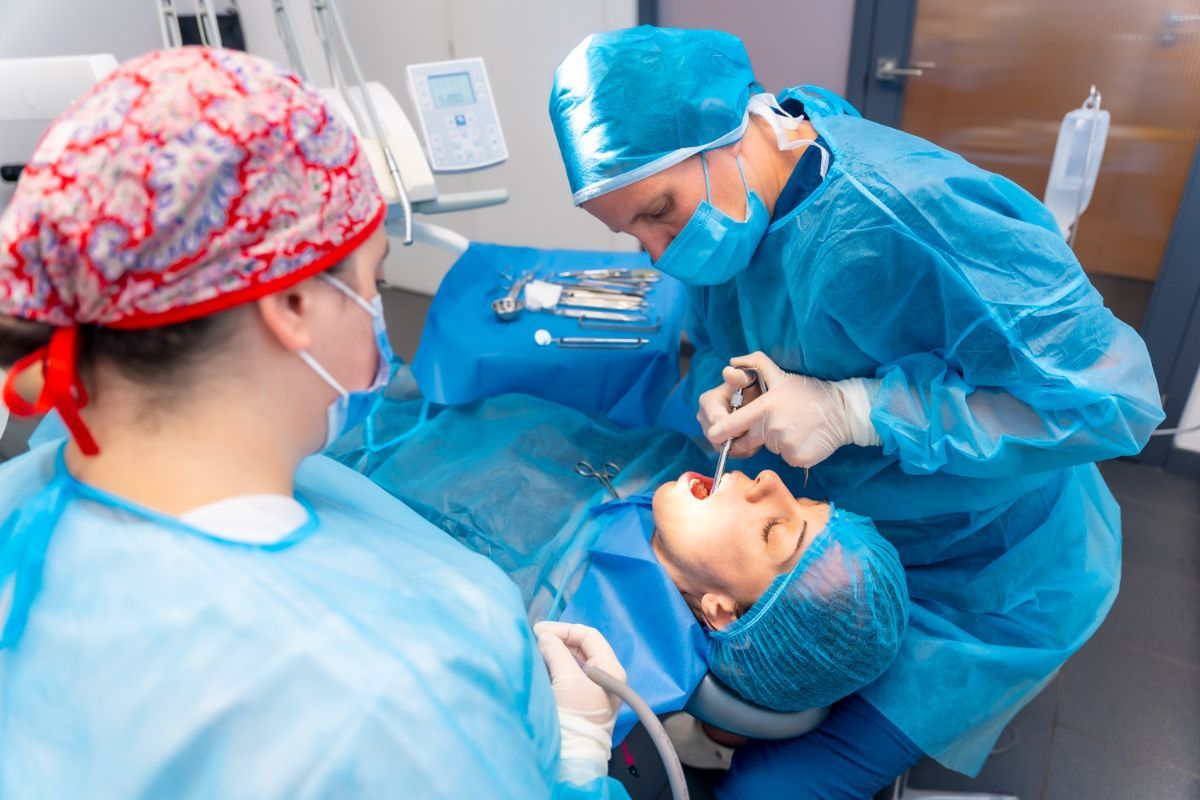Dental Screws in Dental Implants
Dental screws, also known as implant screws, are the key to securing dental implants to the jawbone. Acting as artificial tooth roots, they provide stability for dental restorations and help preserve jawbone integrity. Here’s how dental screws work, why they’re essential and what materials are used to make them.
Key Points
- Dental screws provide stability for implants, mimicking natural tooth roots to prevent bone loss and improve oral health.
- Titanium and zirconia are the most common materials, great for biocompatibility and durability.
- Proper placement and quality control are key to the success and longevity of dental implants.
What are Dental Screws
Dental screws are part of dental implants, designed to anchor artificial teeth to the jawbone. They have threaded structures that fuse with the bone, mimicking the natural root of a tooth. This design helps the implant handle daily chewing forces and distribute pressure evenly to protect the bone.
Their root-like structure is important to maintain the jawbone’s strength. When a natural tooth is lost, the surrounding bone can deteriorate over time. Dental screws prevent this bone loss by stimulating the bone, just like a natural tooth root. To get the best results, dentists look at a patient’s health and bone condition before choosing the right screw and implant.
Materials Used for Dental Screws
Dental screws are made from titanium or zirconia because they’re strong, safe and connect well to the bone.
Titanium is the top choice because of its high strength, corrosion resistance and ability to bond with bone through osseointegration. Its stable oxide layer makes it safe and long lasting for most patients.
Zirconia is a metal free, ceramic option prized for its natural white color, which is close to real teeth. This is ideal for patients who are concerned about aesthetics, especially for implants in visible areas of the mouth.
In some cases
titanium-zirconium alloys are used to combine the strength of titanium with the biocompatibility and aesthetic benefits of zirconia, a strong and reliable solution for complex restorations.
Placement of Dental Screws
Dental screw placement is a delicate process that starts with creating a small precise hole in the jawbone. Advanced tools like 3D imaging and surgical guides help with accuracy and reduce risks during placement.The procedure is done under local anesthesia to ensure comfort. Once inserted, the screw is left to heal for several weeks or months. During this time, the bone fuses with the screw—a process called osseointegration—which is crucial for long term stability.
Different materials may require different placement approaches. Titanium screws are a two step process while zirconia screws can be placed with the abutment in one stage. The choice depends on the material and patient specific needs.
Types of Dental Screws
Dental screws come in different materials and structures.
Commercially pure titanium comes in multiple grades, each with different oxygen content to meet different clinical needs.
Zirconia screws are non-metallic, ideal for patients with metal allergies or cosmetic concerns.
Titanium-zirconium alloys offer increased mechanical strength, good for patients with strong biting forces or complex restorations. The type of screw affects the implant’s angle, flexibility and long term performance.
Benefits of Dental Screws
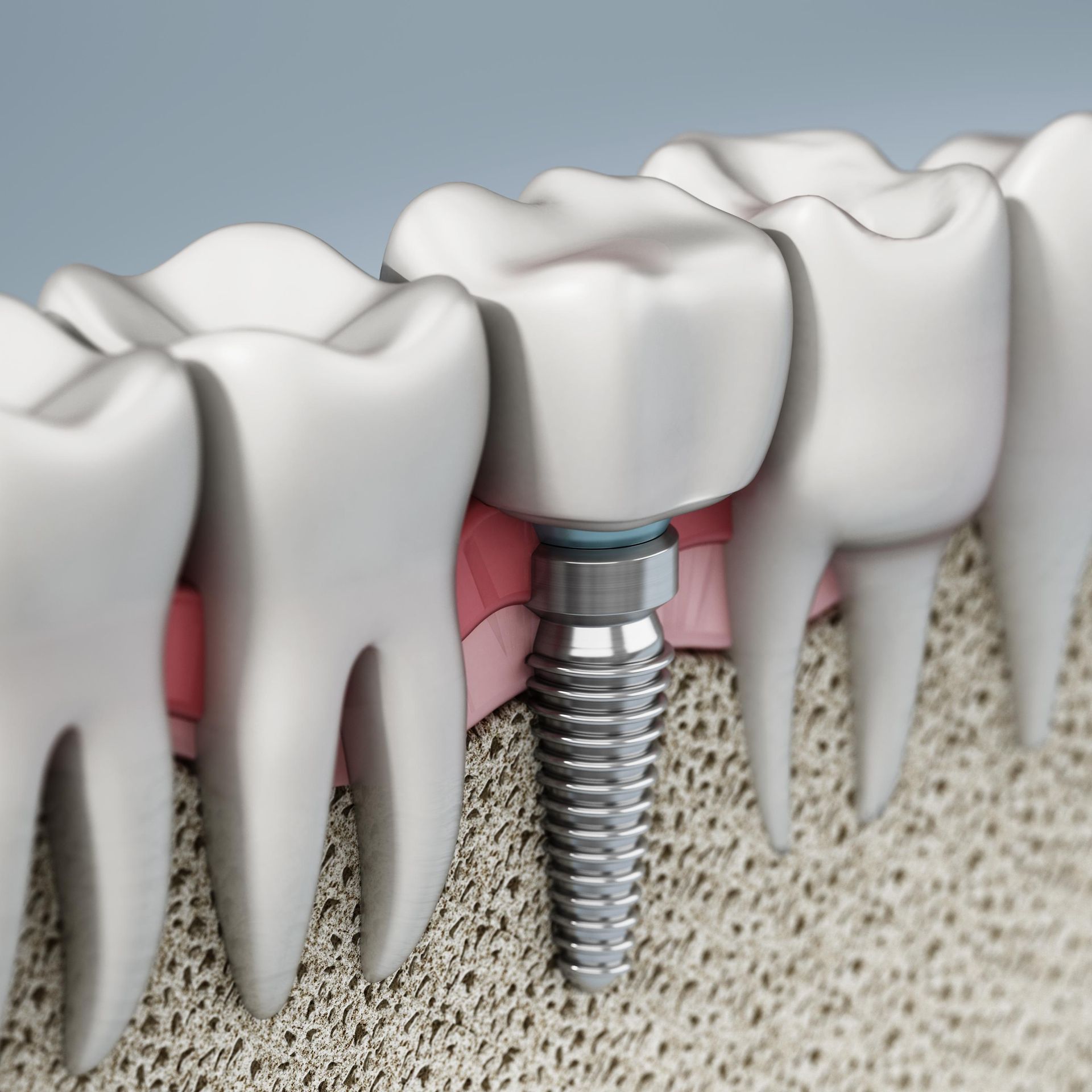
Dental screws contribute to the high success rate of implants—often over 95%. They provide excellent stability for single tooth and multi-tooth restorations, bridges and dentures.
By mimicking natural tooth roots, they prevent bone loss and promote healthy bone density. Their stable integration with the bone ensures long term functionality and comfort.
Quality and Testing Standards
Strict quality control is important in dental screw production. Manufacturers must meet ISO and FDA standards to ensure product safety and reliability. High manufacturing standards reduce early failure and complications.
Titanium screws have a natural oxide layer that enhances biocompatibility. This combined with precise engineering and testing ensures optimal osseointegration and longevity.
Choosing the Right Dental Screws
Choosing the right dental screw involves evaluating bone density, implant location and overall oral health. Screws come in different sizes and designs to fit each patient’s unique jaw structure.
Titanium is flexible and strong, zirconia is aesthetic. Dentists consider the type of restoration—single tooth or full arch—to choose between screw retained or cement retained solutions. Screw retained implants are often easier to maintain and crown replacement.
Maintenance and Care
Proper care is important for the longevity of dental screws. Daily brushing with a soft nylon toothbrush and flossing are key to preventing plaque buildup. Avoiding hard or sticky foods also reduces the risk of damage. Avoid using abrasive products that can scratch the surface of the screw and create space for bacteria to accumulate. Regular dental checkups are important to monitor the implant and prevent complications.
Summary
Dental screws are the foundation of dental implants. Material, placement and manufacturing standards ensure stability, aesthetics and long term function. Choose the right screw and maintain good oral hygiene and you’ll have durable and natural looking restorations that promote oral health and confidence.


